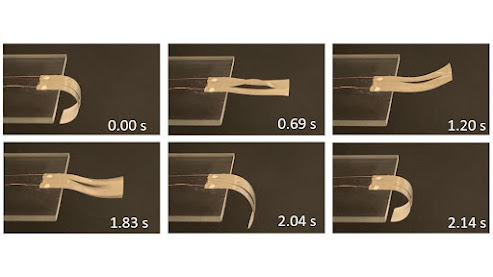Since the signing of the Montreal Protocol, there has been a dramatic drop in emissions of the main substances that are responsible for depleting the stratospheric ozone layer, the part of the atmosphere that protects us from harmful solar radiation.
Compared to the CFCs, and other regulated ozone-destroying compounds, dichloromethane only lasts for a short time in the atmosphere – around six months. Mainly for this reason, its production and use hasn’t been controlled under the Montreal Protocol in the same way as longer-lived ozone-depleting substances.
Dr Luke Western from the University of Bristol’s School of Chemistry, said: “International monitoring networks have known that global atmospheric concentrations of dichloromethane have been rising rapidly over the last decade, but until now, it was unclear what was driving the increase.”
To answer that question researchers from Peking University, the China Meteorological Administration and the University of Bristol teamed up to examine new data collected within China. Their results are published today in the journal Nature Communications.
Minde An, a postgraduate student from Peking University, and visiting researcher at the University of Bristol led the study.
He said: “China is an important producer and user of compounds such as dichloromethane. Therefore, we wanted to examine measurements within the country to determine its contribution to global emissions.
















.jpg)